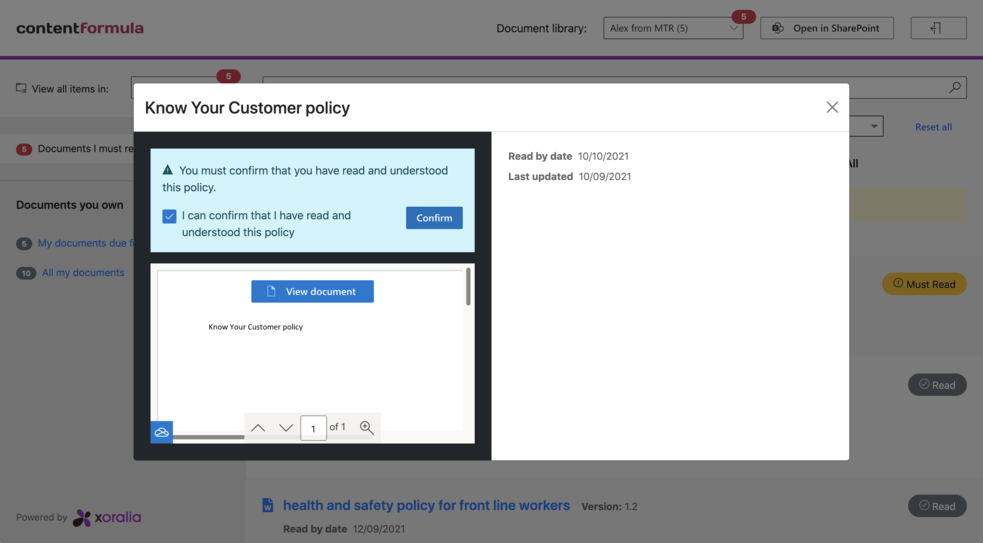
Championing the intranet user – how to run intranet user research
Listening to your intranet users is important, but you have to be able to put it all together in a structured business case so that you raise the money and give people what they need.

Listening to your intranet users is important, but you have to be able to put it all together in a structured business case so that you raise the money and give people what they need.
Aimed at intranet managers and comms professionals, the annual Intranet Now conference took place on Friday 30th September 2016 in London. Here are some tweets by us and by others that we thought you might find interesting.

Sometimes customers ask simple but great questions: “What are the big intranet trends I need to be aware of as I consider rebuilding our corporate intranet?. As intranet practitioners its very easy to become immersed in detail and forget the bigger picture. This question made me think.
Book in a live demo with us to discuss your project and find out more about our services, solutions and how we can add value to your digital workplace. Simply fill out the form and pick a time and date in our calendar.
Alternatively, if you have a question and would like more information about Content Formula, please visit our contact us page.
We look forward to meeting you.
We use cookies to give you the best experience on our site. By continuing to use our website, you are agreeing to our use of cookies. To find more about the cookies, please see our cookie notice.
You can also read our privacy policy.